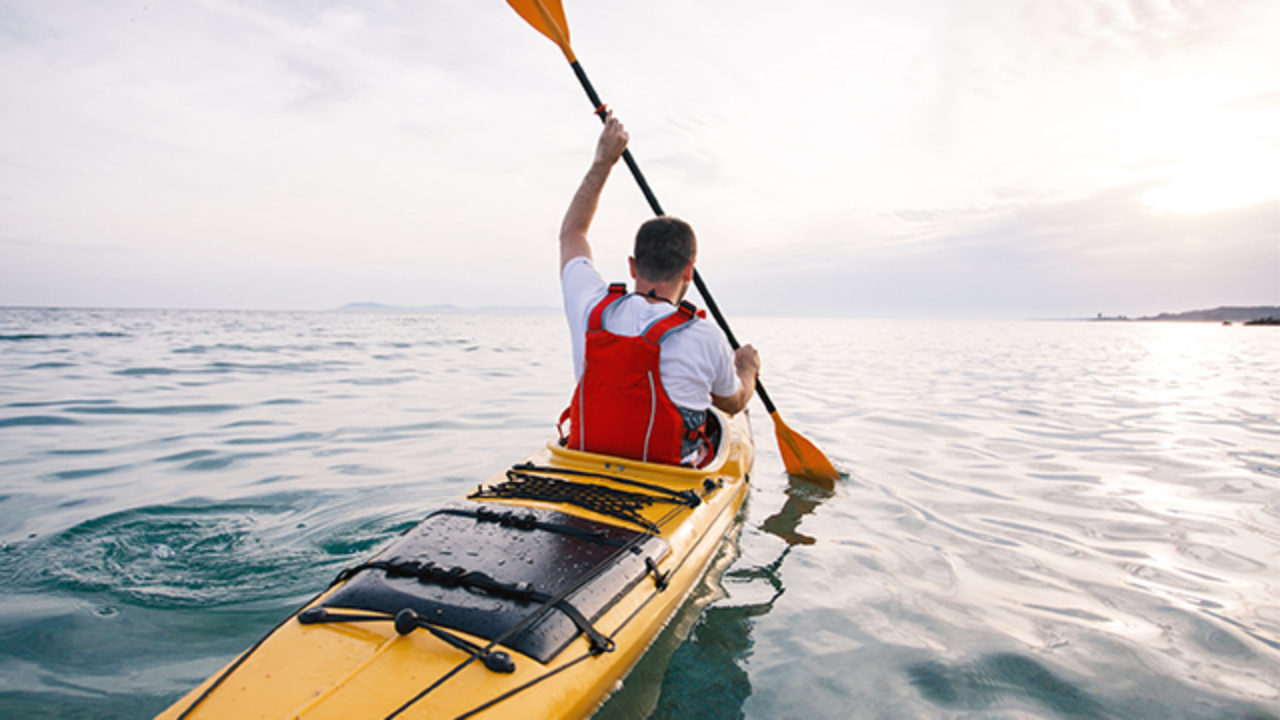So you’ve just discovered the block, and feel like Spiderman, but gravity seems to catch up with you no matter what you do? Or have you already made a lot of progress and you want to get your black belt in difficult climbing? No problem, professionals are here to help. Follow the small guide to improve.
Purists will tell you that London Climbing is the very essence of climbing: minimal equipment, generally maximum effort, most often on few holds. You will have to solve the problems that come your way inside with geometric shapes and varying colors, outside using the grips that the rock can offer you. Your main enemy: the gravity which, without mercy, will be felt with each of your movements.
Decipher the Movement
Bouldering is trying to solve a problem with your body which means a lot of possibilities to find a solution. We must take a long time to understand whether the movement is dynamic, or if it is rather static. Also remember the methods you have already tried to solve the problem what seems to have worked, and what completely failed and think of new avenues of solution whether putting a foot higher, making a movement shoulder or jump to the next take.
The Group Effect
An interesting aspect of the block is its somewhat tribal side. A few people find themselves in front of a problem to try to unravel the mystery a bit like fire, at one time. Casually, it is an element that contributes to progress. Practice movements with people who do not have the same physiognomy and discover new methods. Having someone else try the method may allow us to find out that we weren’t using the easiest way to get up the wall. Motivation also plays a big part in Climbing Wall London: what better way than to be encouraged while climbing?
On Your Feet You Will Concentrate
Don’t be fooled by the bulging shoulders and swollen biceps of some climbers: a lot of the effort in climbing takes place in the lower body. Using your hips, legs and feet well should help you progress. Focus on getting your feet properly on the holds, attempt to rotate your hips as you attempt to reach a hold, and use your legs not just your arms to propel yourself upward. Often, we tend to say to people you have to get stronger, that you do pull-ups, but that leaves aside all the technical aspect of climbing.






